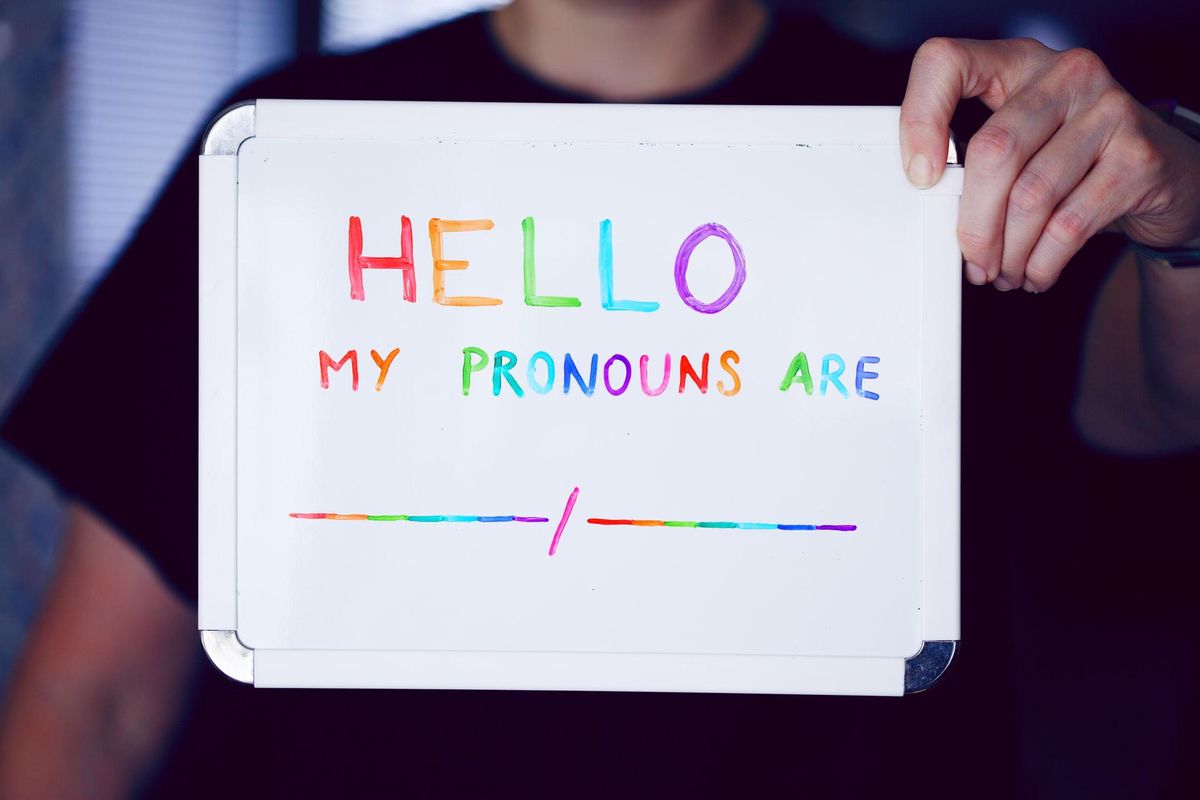We know the status of the wage gap for women, but it’s a different story for the LGBTQ+ community.
What the Wage Gap Looks Like for Transgender and Gender Non-Binary People

In 2018, we still have to adjust to the fact that women earn, on average, less than 80 cents for every dollar earned by men in the United States, and the margins get even wider for women of color. But what we don’t hear much about are the earnings of the LGBTQ+ community, specifically those who are transgender, transitioning, or gender non-conforming. Because there is still research that needs to be done surrounding employment and the LGBTQ+ community, we don’t have all the answers, but here’s what we do know.
One study that was published in the B.E. Journal of Economic Analysis & Policy looked at the difference in earnings before and after transgender individuals’ transitions. Study authors Kristen Schilt and Matthew Wiswall predicted that transitioning would present a whole set of difficulties for people in the workplace — specifically, those who were assigned male at birth, transitioning into a female identity, due to prior evidence about the gender wage gap. “We estimate that the average earnings of female-to-male transgender workers will increase slightly following their transitions, while average earnings of male-to-female transgender workers fall by nearly 1/3,” the authors wrote in the study abstract.
Based on their findings, the estimate was pretty close: Transgender males reported a slight increase in earnings, and transgender females reported a decrease of 32 percent in their salaries. However, the study didn’t survey gender non-conforming people, so their incomes were not reported. It also didn’t explore the wage gap of trans and genderqueer individuals as compared to cisgender workers.
More evidence points to a definite poverty gap among trans, transitioning, and gender non-binary people, which certainly seems to relate to the wage gap. According to the National Transgender Discrimination Survey, 15 percent of trans and gender non-conforming people reported living way below the poverty line, earning under $10,000 per year. The numbers climbed to 28 percent of Latinx and 34 percent of Black trans and gender-non conforming people. In total, about a quarter of the survey participants identified as gender non-conforming.
Unemployment rates are also high among these communities. According to the National LGBTQ Task Force, transgender workers face an unemployment rate that's about twice as high as the population as a whole. The organization states that pervasive misunderstanding of transgender experiences, hiring bias, workplace discrimination, a difficult process of updating identity documents, and a lack of explicit legal protections are some of the barriers transgender people face when job seekiong.
There’s more research to be uncovered about the earnings and employment status of trans and gender non-conforming people. What we can take away is that there’s more of a conversation to be had, about gender identity-based discrimination in the workplace and otherwise in our country.
Featured photo via Sharon McCutcheon/Unsplash.
This article has been updated.


 Photo by
Photo by 














